Hakbongjongtaek [Korea Quality] / 학봉종택 [한국관광 품질인증]
7.4Km 2025-08-08
2830-6, Pungsantaesa-ro Seohu-myeon, Andong-si, Gyeongsangbuk-do
+82-54-852-2087, +82-10-6811-1106
'Hakbong Head House is the head house of the Uiseong Kim clan and was originally built near Sogyeseodang Village School by Kim Gwang-chan, an 8th-generation descendant of Hakbong Kim Seong-il, in 1762. In 1964, the house was moved to its current location. The main building (bonchae) was extended from a ‘ㅁ’-shaped structure to a ‘巳’–shape structure. The anchae (women’s quarters) consists of a daecheong (main floored room) measuring 2-kan (a unit of measurement referring to the distance between two columns) on the right, an anbang measuring 2-kan on the left, and kitchen at the end. The upper part of the low-ceilinged kitchen has a gobang (storeroom) in which household goods used to be stored. The daecheong is large compared to the overall size of the house because head houses usually held many ancestral rites. The Hakbong Head House has an impressive modern garden that was created during construction work carried out when the house was relocated after the Japanese ocupation era. The well-maintained garden with its fantastically-shaped trees and rocks also serves as a venue for musical concerts on a regular basis. Guests will surely be fascinated to find out about the history of the people who once inhabited this house and dedicated themselves to the country in times of trouble.
Bap Jal Haneun Jip (밥잘하는집)
7.6Km 2021-03-26
31, Gwiyeori-gil, Andong-si, Gyeongsangbuk-do
+82-54-852-0010
It is a place where you can enjoy various Korean dishes. This Korean dishes restaurant is located in Andong-si, Gyeongsangbuk-do. The representative menu is beefbulgogi.
Yedam (예닮)
7.8Km 2021-03-30
78-28, Gwiyeori-gil, Andong-si, Gyeongsangbuk-do
+82-54-842-3131
A restaurant frequently introduced in Korean gourmet programs. The best menu at this restaurant is set menu with grilled salted mackerel. This Korean dishes restaurant is located in Andong-si, Gyeongsangbuk-do.
Byeolcheongung (별천궁)
10.4Km 2021-03-30
141, Bongjeongsa-gil, Andong-si, Gyeongsangbuk-do
+82-54-857-4168
It is a restaurant with a hanok interior. This restaurant's signature menu is set menu with grilled salted mackerel. This Korean dishes restaurant is located in Andong-si, Gyeongsangbuk-do.
Jukheon Traditional House [Korea Quality] (죽헌고택 [한국관광 품질인증])
11.0Km 2025-07-14
24, Taejangjukheon-gil, Seohu-myeon, Andong-si, Gyeongsangbuk-do
Jukheon Old House is an old house near Bongjeongsa Temple in Andong, Gyeongsangbuk-do. Originally built in 1886 by independence activist Kim Ga-jin, it was later acquired by Jukheon Lee Hyeon-chan and until recently was used as a family gathering place for jaesa ancestral rites. There are three 2-person guestrooms (Jukheon Gallery Room, Seojae Room and Elizabeth Room) and one four-person room (Jukheon-dong Farm Room). Visitors can explore the old thatched millhouse with its ancient treadmill, or enjoy a walk along Queen Elizabeth Road to Bongjeongsa Temple. A simple complimentary breakfast is provided.
Escuela de Protocolo de Andong (안동예절학교)
11.0Km 2023-04-07
Toegye-ro 1333-5, Waryong-myeon, Andong-si, Gyeongsangbuk-do
+82-54-841-0511
En la Escuela de Protocolo de Andong se pueden aprender las etiquetas y los modales tradicionales de Corea. Se encuentra ubicada en la ciudad de Andong, una región histórica que conserva la cultura confuciana y las tradiciones del pasado. La institución también ofrece clases interactivas de la ceremonia del té; para aprender a tocar instrumentos musicales como el janggu (tambor pequeño con forma de reloj de arena) y el gayageum (cítara de 12 cuerdas); participar en los juegos folclóricos, el yunnori (lanzar palos al aire) y el neoltwiggi (balancín); y otras muchas actividades culturales, como aprender la danza de máscaras, elaborar artesanías en papel tradicional hanji, preparar platos típicos, realizar la ceremonia de la boda tradicional y practicar deportes acuáticos en el río Nakdonggang. El lugar también es famoso porque en sus cercanías se encuentran otros destinos turísticos como la Academia Neoconfuciana Dosan Seowon y el Museo de la Ciencia Forestal.
Andong Susan Sikdang (안동수산식당)
11.4Km 2021-03-24
64, Yutongdanji-gil, Andong-si, Gyeongsangbuk-do
+82-54-859-9779
It is a store where you can enjoy fresh seafood. This Korean dishes restaurant is located in Andong-si, Gyeongsangbuk-do. The representative menu is cold raw fish soup.
Iljik Sikyuk Sutbul Garden (일직식육숯불가든)
11.6Km 2021-03-24
2474-9, Pungil-ro, Andong-si, Gyeongsangbuk-do
+82-54-858-0103
It is a house where you can enjoy Korean traditional bulgogi. This Korean dishes restaurant is located in Andong-si, Gyeongsangbuk-do. The representative menu is bulgogi hot pot.
Hakgasan Chamma Sikdang(학가산참마식당)
11.7Km 2021-04-09
677, Bukpyeong-ro, Andong-si, Gyeongsangbuk-do
+82-54-868-7456
It is a good house with delicious dishes including fresh yams, where side dishes are cooked every morning. This Korean dishes restaurant is located in Andong-si, Gyeongsangbuk-do. The most famous menu is bulgogi.
Templo Bongjeongsa (봉정사) [Patrimonio de la Humanidad de la Unesco]
11.9Km 2023-05-23
Bongjeongsa-gil 222, Seohu-myeon, Andong-si, Gyeongsangbuk-do.
Edificado en el 12º año del reinado de Munmu de Silla, es una de las construcciones de madera más antigua del país. La zona en donde se encuentra ubicada el templo posee un ambiente natural puro, es decir, la condición ideal para proteger la salud. Además, a diferencia de otros templos que se van remodelando y adaptan un estilo más contemporáneo, el templo Bongjeongsa sigue conservando la tradición budista de la antigüedad en lo alto de la montaña. Este templo fue fundado por el monje Neungin en el año 672, durante el reino de Silla.
![Hakbongjongtaek [Korea Quality] / 학봉종택 [한국관광 품질인증]](http://tong.visitkorea.or.kr/cms/resource/87/2579587_image2_1.jpg)
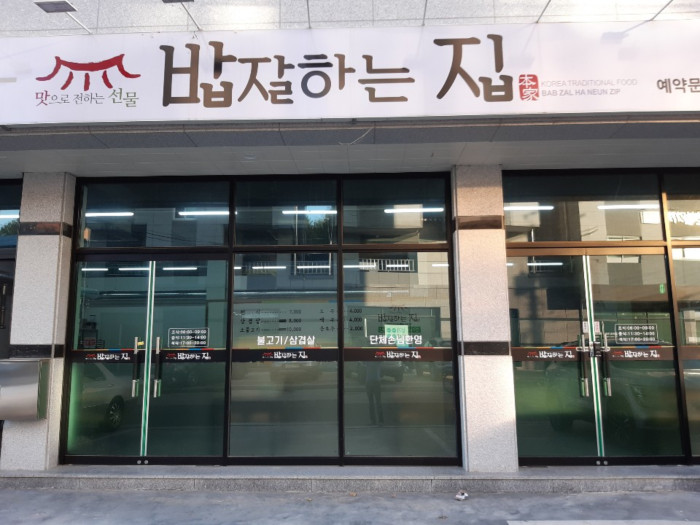
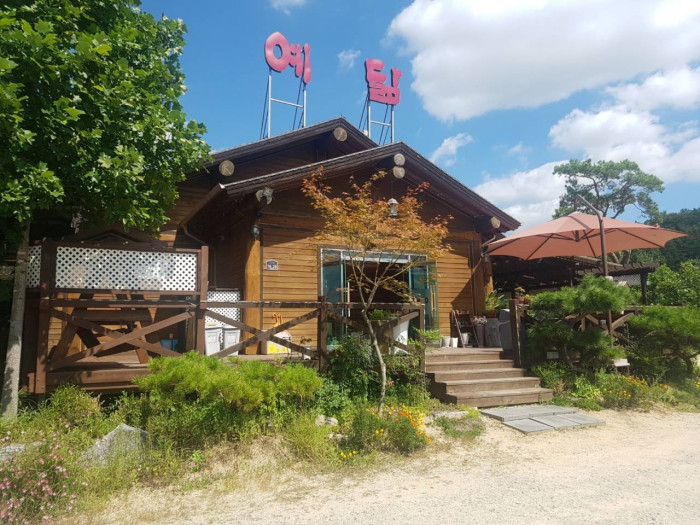
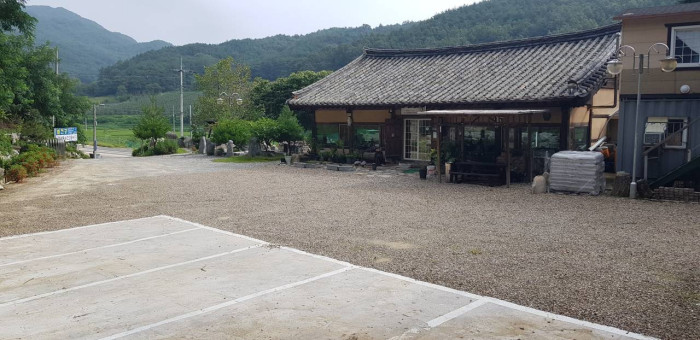
![Jukheon Traditional House [Korea Quality] (죽헌고택 [한국관광 품질인증])](http://tong.visitkorea.or.kr/cms/resource/33/2993133_image2_1.jpg)

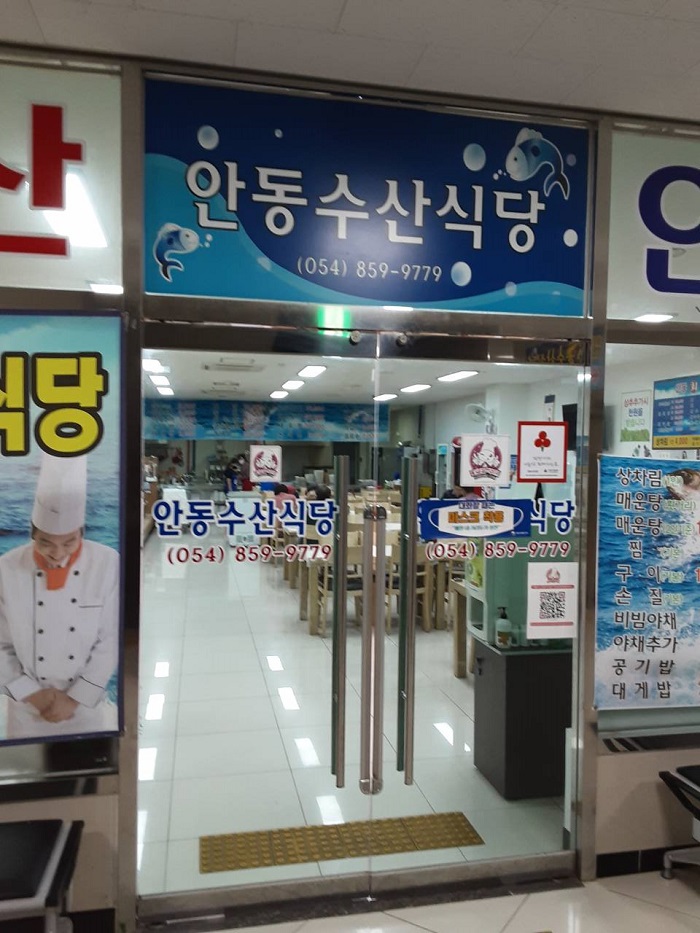
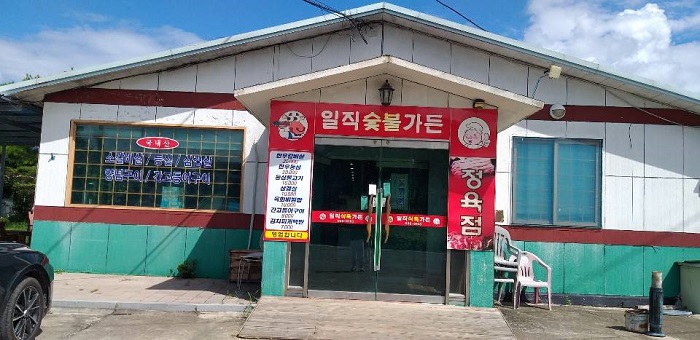
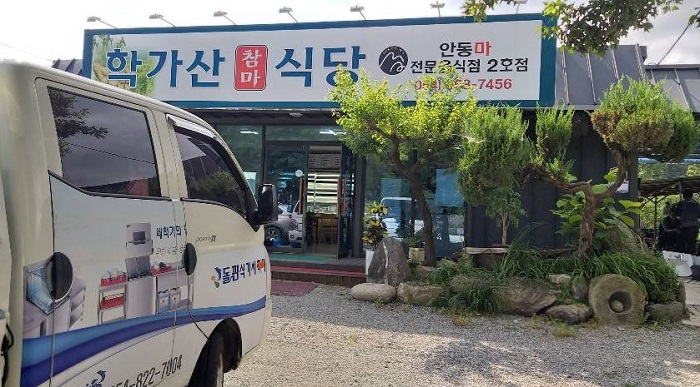
![Templo Bongjeongsa (봉정사) [Patrimonio de la Humanidad de la Unesco]](http://tong.visitkorea.or.kr/cms/resource/16/2654216_image2_1.jpg)
 Español
Español
 한국어
한국어 English
English 日本語
日本語 中文(简体)
中文(简体) Deutsch
Deutsch Français
Français Русский
Русский